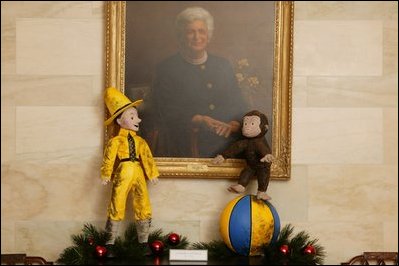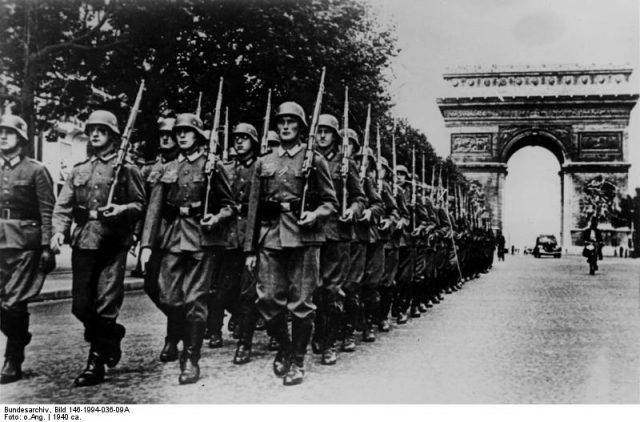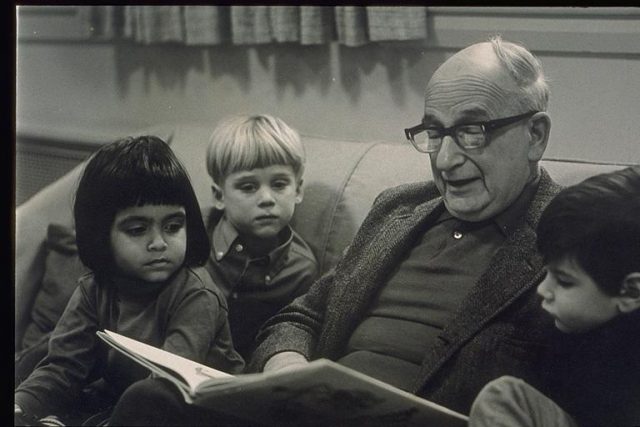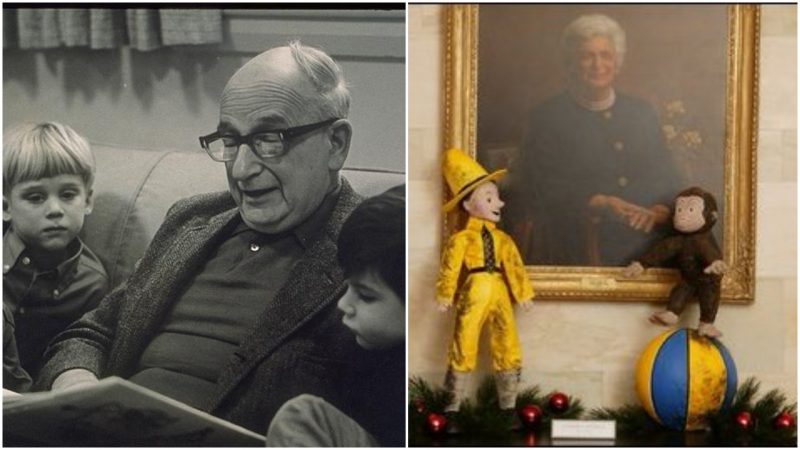Remember Curious George? He was the beloved character in numerous children’s books beloved around the world. With his cheery, mischievous actions, he warmed hearts and nourished the fantasy worlds of the littlest readers.
The popularity of this mischief-maker owes greatly to his unique ability to make young children feel almost like superheroes, presenting monkey business as humorous adventures that teach a moral lesson.
But before Curious George reached global fame, he almost didn’t make it onto the pages of any book at all. You could say he was born in the basket of a bicycle escaping the Nazis in the 1940s. This story is presented with much attention and lots of detailed descriptions in the book The Journey That Saved Curious George: The True Wartime Escape of Margret and H.A. Rey written by Louise Borden and illustrated by Allan Drummond. The book presents George’s creators who, in 1940, just before Nazi invasion of Paris, fled France carrying the manuscript and illustration of what would later become Curious George.
George was created by Hans Reyersbach and his wife, Margaret Waldstein, an artist couple from Hamburg, both Jewish. The two of them met in Rio de Janeiro in the mid-1930s. Hans moved to Rio after serving in World War I, and there he sketched, painted, and worked various jobs to make a living. Margaret, who was a passionate photographer, arrived a decade later. The couple’s close acquaintances described them as the perfect combination of softness and dreaminess (Hans) spiced with ambition and down-to-earthiness (Margaret). In their home, they lived with two unusual pets–monkeys.

After they married and founded an advertising agency, they became Brazilian citizens. They decided to take their honeymoon in Paris and traveled there accompanied by their two pet monkeys who, unfortunately, didn’t survive the route. Paris enchanted the Reyes, so they decided to move there.
For the next four years, they lived in the neighborhood of Montmartre, writing and illustrating children’s books. Margaret wrote most of the stories while Hans was the illustrator, and in 1939 they published their literary debut, Raffy and the Nine Monkeys. The same year, Hans began developing a story about a very young monkey called Raffy who always got into trouble. Its working title was The Adventures of Fifi.

World War II broke out and in May 1940, Nazi Germany entered France, setting its focus on Paris. The couple planned to flee and get to New York on a ship leaving from Lisbon, but when they got to the Parisian train station they realized that all the outbound trains were blocked.
Desperately searching for any kind of transportation, Hans decided to improvise with spare parts of bicycles and constructed two new ones. The next day, the bicycles were loaded with the couple’s necessities, including their artwork and manuscripts. They hit the road south with a large flock of refugees. It took them 11 days and 1,000 miles before they reached Lisbon, from where they crossed the Atlantic to Brazil and, finally, they sailed to New York City.

In America, their somber war escapade was lightened by an offer from their editor friend who worked in the publishing house Houghton Mifflin. She recognized courage and optimism in the story about George and thought that a colorful book for children might be just what was needed in harsh wartime. Reyes signed a four-book contract and Fifi got a new name, reportedly more appropriate for the English speaking country: Curious George.
The first book was sold in the U.S. in 1941 and it didn’t take long before George became an industry. The books have sold over 75 million copies, translated in more than 15 languages. A TV show and two long-length movies have also been inspired by the story of the playful monkey. But none of this is comparable to the greatest compliment ever given to the Reyes and to George–that the cheerful adventures of Curious George keep on fascinating children around the world.
